
Central Luzon, designated as Region III, is an administrative region in the Philippines, primarily serving to organize the 7 provinces of the vast central plains of the island of Luzon, for administrative convenience. The region contains the largest plain in the country and produces most of the country's rice supply, earning itself the nickname "Rice Granary of the Philippines". Its provinces are: Aurora, Bataan, Bulacan, Nueva Ecija, Pampanga, Tarlac and Zambales. Pangasinan was formerly a province of Central Luzon before President Marcos signed Presidential Decree No. 1, 1972, incorporating it into Ilocos Region. Additionally, the province of Aurora was part of the defunct political region Southern Tagalog when the region was divided into Calabarzon and Mimaropa, upon the issuance of Executive Order No. 103, dated May 17, 2002, by then-President Gloria Macapagal Arroyo, which transferred Aurora to Central Luzon.

Floridablanca, officially the Municipality of Floridablanca is a 1st class municipality in the province of Pampanga, Philippines. According to the 2020 census, it has a population of 135,542 people. Floridablanca is a part of the province of the Pampanga located in Central Luzon lying north of Dinalupihan, Bataan and south-southwest of San Fernando, Pampanga.

Iba, officially the Municipality of Iba, is a 1st class municipality and capital of the province of Zambales, Philippines. According to the 2020 census, it has a population of 55,581 people.
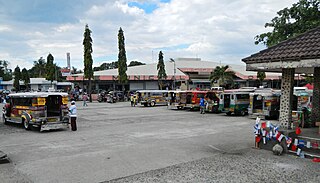
Botolan, officially the Municipality of Botolan, is a 1st class municipality in the province of Zambales, Philippines. According to the 2020 census, it has a population of 66,739 people.
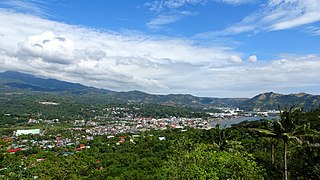
Mariveles, officially the Municipality of Mariveles, is a 1st class municipality in the province of Bataan, Philippines. According to the 2020 census, it has a population of 149,879 people.

Candelaria, officially the Municipality of Candelaria, is a 3rd class municipality in the province of Zambales, Philippines. According to the 2020 census, it has a population of 30,263 people.

Cabangan, officially the Municipality of Cabangan, is a 4th class municipality in the province of Zambales, Philippines. According to the 2020 census, it has a population of 28,118 people.

Castillejos, officially the Municipality of Castillejos, is a 3rd class municipality in the province of Zambales, Philippines. According to the 2020 census, it has a population of 67,889 people.
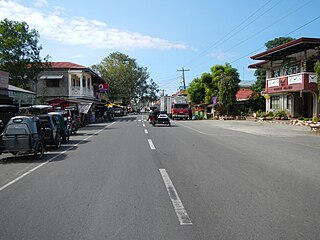
Palauig, officially the Municipality of Palauig, is a 3rd class municipality in the province of Zambales, Philippines. According to the 2020 census, it has a population of 39,784 people.

San Felipe, officially the Municipality of San Felipe, is a 4th class municipality in the province of Zambales, Philippines. According to the 2020 census, it has a population of 25,033 people.
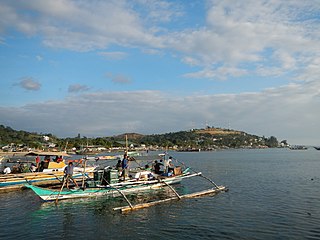
Subic, officially the Municipality of Subic, is a 1st class municipality in the province of Zambales, Philippines. According to the 2020 census, it has a population of 111,912 people.
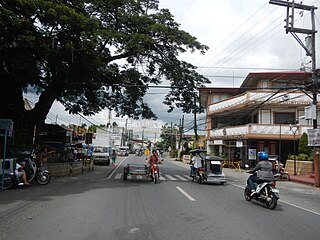
Abucay, officially the Municipality of Abucay,, is a 3rd class municipality in the province of Bataan, Philippines. According to the 2020 census, it has a population of 42,984 people.

Bagac, officially the Municipality of Bagac, is a 3rd class municipality in the province of Bataan, Philippines. According to the 2020 census, it has a population of 31,365 people.
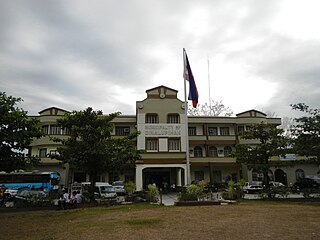
Dinalupihan, officially the Municipality of Dinalupihan, is a 1st class municipality in the province of Bataan, Philippines. According to the 2020 census, it has a population of 118,209 people.

Hermosa, officially the Municipality of Hermosa, is a 1st class municipality in the province of Bataan, Philippines. According to the 2020 census, it has a population of 77,443 people.

Limay, officially the Municipality of Limay, is a first-class municipality in the province of Bataan, Philippines. According to the 2020 census, it has a population of 78,272 people.

Orion, officially the Municipality of Orion, , is a 2nd class municipality in the province of Bataan, Philippines. According to the 2020 census, it has a population of 60,771 people.

Pilar, officially the Municipality of Pilar, is a 3rd class municipality in the province of Bataan, Philippines. According to the 2020 census, it has a population of 46,239 people.

Samal, officially the Municipality of Samal, is a 4th class municipality in the province of Bataan, Philippines. According to the 2020 census, it has a population of 38,302 people.

Bamban, officially the Municipality of Bamban, is a 2nd class municipality in the province of Tarlac, Philippines. According to the 2020 census, it has a population of 78,260 people.































